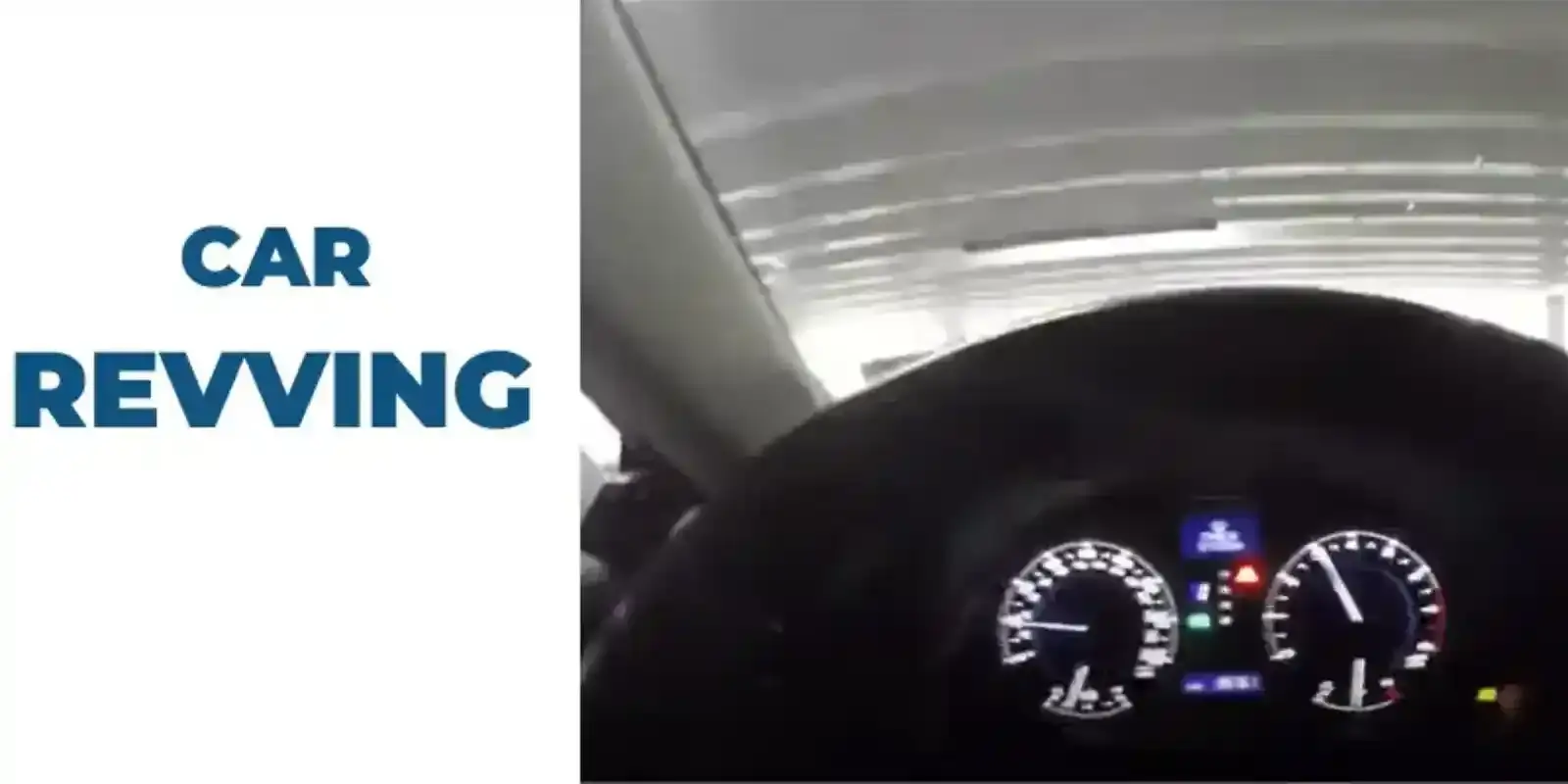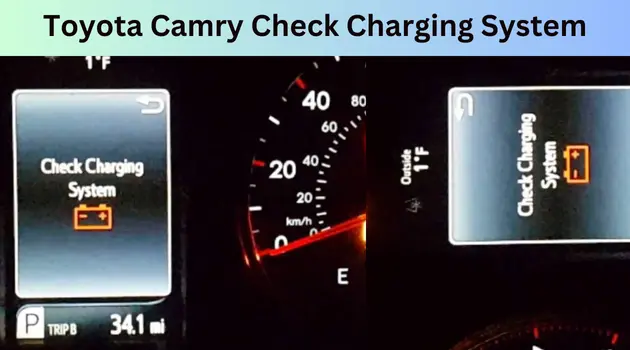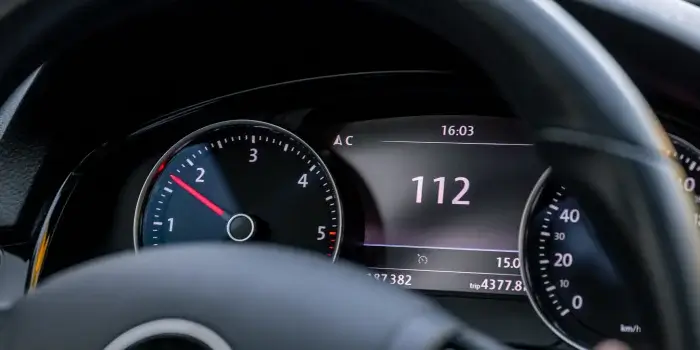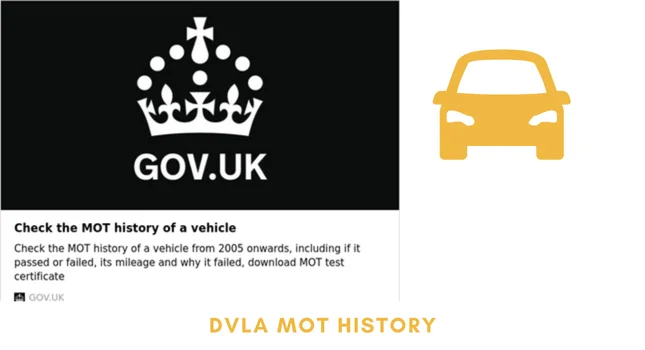Why is my car revving in park? Top 10 Helpful Reasons

Car revving in park occurs when the engine breakdown and someone try to revve from that state, like driving or idling,This can be result a car crash or an accident.
Car revving in park factors are Dirty/Sticking Throttle Body,Dirty Mass Air Flow Sensor,Bad Oxygen or O2 Sensor,Vacuum Leak,Bad Throttle Body Valve Position Sensor,Plugged/Malfunctioning EGR Valve,Faulty Car Computer,Frayed or Disconnected Wiring,AC Activated During Cold Start and Bad IAC Valve.
Choose the best engine, like Jasper or Fraser engines, when you are buying a car to minimize the chance of revving and breakdown.
Table of Contents
Car Revving in Park Reasons: How to Fix it
Engine revving in park can occur due to seven primary factors. Before going into detail, we summarize the factors of why your car revving up and down in park.
| Revving Factor | Revving Description | Revving Solutions |
|---|---|---|
| Dirty/Sticking Throttle Body | – The throttle body controls the fuel going into the engine by opening or closing its valve to regulate airflow. | – Clean the throttle valve to ensure proper opening and closing functions. |
| Dirty Mass Air Flow Sensor | – The mass air flow sensor senses air mass flowing into the engine through the throttle part. – Over time, it can get dirty and clogged with dust and debris, leading to incorrect air intake details. | – Use specialized cleaners, like CRC spray, to clean the sensor and restore its airflow reading ability. – Choose cleaners that leave no film behind to avoid damage to the sensor. |
| Bad Oxygen or O2 Sensor | – The oxygen sensor in the catalytic converter determines the air output from the exhaust pipe. – Over time, water droplets can lead to carbon deposits, affecting the sensor’s ability to estimate air outflow. | – Check engine light or use an OBD2 scanner to identify a faulty O2 sensor and replace it. |
| Vacuum Leak | – A vacuum leak can occur when hoses connected to various engine systems crack or deteriorate over time. – Air escaping through cracked hoses can disrupt the air ratio estimated by the MAF sensor, causing revving. | – Use a smoke test on each vacuum hose to identify air leakage and replace the damaged hose. |
| Bad Throttle Body Valve Position Sensor | – Sensor in electronic drive-by-wire systems may become clogged or fail. | – Replace the sensor to ensure accurate throttle control. |
| Plugged/Malfunctioning EGR Valve | – The exhaust gas recirculation valve controls exhaust gases to protect the environment. – Carbon accumulation can disrupt its opening and closing functions, leading to wild revving. | – Replace or clean the EGR valve for efficient operation and to prevent erratic idling. |
| Bad Accelerator Pedal Position Sensor | – Part of the electronic throttle control system, the APP sensor monitors the position of the accelerator pedal. – Electronic parts can sometimes stop working, and even though the sensor is strong, it’s not completely protected from this. – Signs of failure may include an erratic throttle response or difficulty accelerating. | – If the APP sensor is suspected, consider professional diagnostics and replacement to ensure proper functionality. |
| Faulty Car Computer | – Malfunctioning engine computers (PCM, ECU, ECM) lead to erratic engine operation. | – Replacement and reprogramming may be required, typically done by a dealership. |
| Frayed or Disconnected Wiring | – Corroded or frayed wires in the drive-by cable system can lead to faulty data transmission to the computer. | – Look at the wires and switch out any that are broken to stop bigger issues later. |
| AC Activated During Cold Start | – If the air conditioning is turned on during a cold start, it can cause a temporary jump in RPMs. | – Turning off the air conditioning before shutting off the engine can prevent unnecessary stress on the motor. |
| Bad IAC Valve | – The idle air control (IAC) valve regulates and controls the idle speed. – Mounted on the throttle body, it adjusts idle speed based on operating conditions. – Failure can lead to revving RPMs, stalling, and difficulty restarting the engine until the problem is fixed. | – Replace the faulty IAC valve to restore proper idle control and resolve revving issues. |
Important Consideration
While the provided list covers common causes of a car revving in park, it may not be exhaustive. Other issues could contribute to this behavior, requiring thorough diagnostics.It is essential to keep the following factors in mind:
Throttle Body and Sensors
The throttle body and associated sensors are frequently implicated in revving problems. Prioritize checking these components during troubleshooting to save time and effort.
Safety Concerns
Engine revving in park poses a safety risk as it can lead to sudden acceleration. Exercise caution when driving a potentially malfunctioning vehicle, maintaining a slow pace, and staying attentive to the road.
Timely Inspection
If any irregularities are detected in your car, promptly inspect the engine and systems at home. If the vehicle is unable to run, consider having it towed to a service center for professional evaluation and repair.
FAQs
Why is my car revving by itself in park?
When your car is revving, it may be due to the throttle position of the sensor, a vacuum leak, a control valve idle air issue, , dirty airflow sensor, or some trouble in the fuel system.
Why is my automatic car revving?
In auto cars, speed sensors change gears; therefore, if any sensor is not working, then your car is not changing ears as expected. This can be because the engine gets harder or the engine has a high RPM.
Why does my car rev high without acceleration?
If your engine revs but the car doesn’t speed up, there might be a problem with the clutch (for manual transmission) or issues with parts like the pump, clutches, bands, valve body, regulator, or a blown differential (for automatic transmission).
Why is my car revving in park and in neutral?
If the engine of a car revs up but is not moving, then look at the reason; it may be an idle air control valve, because if it is not working, the engine may be getting to much air, which results in a rev-up.
Another common reason is a vacuum leak, which causes the engine to rev higher.
Why does my car’s engine rev high when I change gears?
If you feel the car rev is more about changing gears, then it was due to the transmission control module (TCM). If TCM leaves working, it has no connection with the solenoid; in this way, gear has unusual behavior and the engine revving too high.
Why does TCM occur?
The reason behind this is a bent pint or too much rust around the pins.
What is the safe RPM for a car?
Normally, it is 1500–2000 RPM; if the car is sitting, the speed should be 600–1000 RPM.
Conclusion
In conclusion, I share my observation that if a car revving in park, then first make sure the car is steady and safe to idle.
Check for common issues like throttle bodies, sensors, and vacuum leaks.
It is recommended that if you want to run the engine smoothly, focus on regular maintenance and fix things immediately.
If the issue still exists, then seek the help of a professional mechanic. The vehicle is healthy and will not cause any issues.



